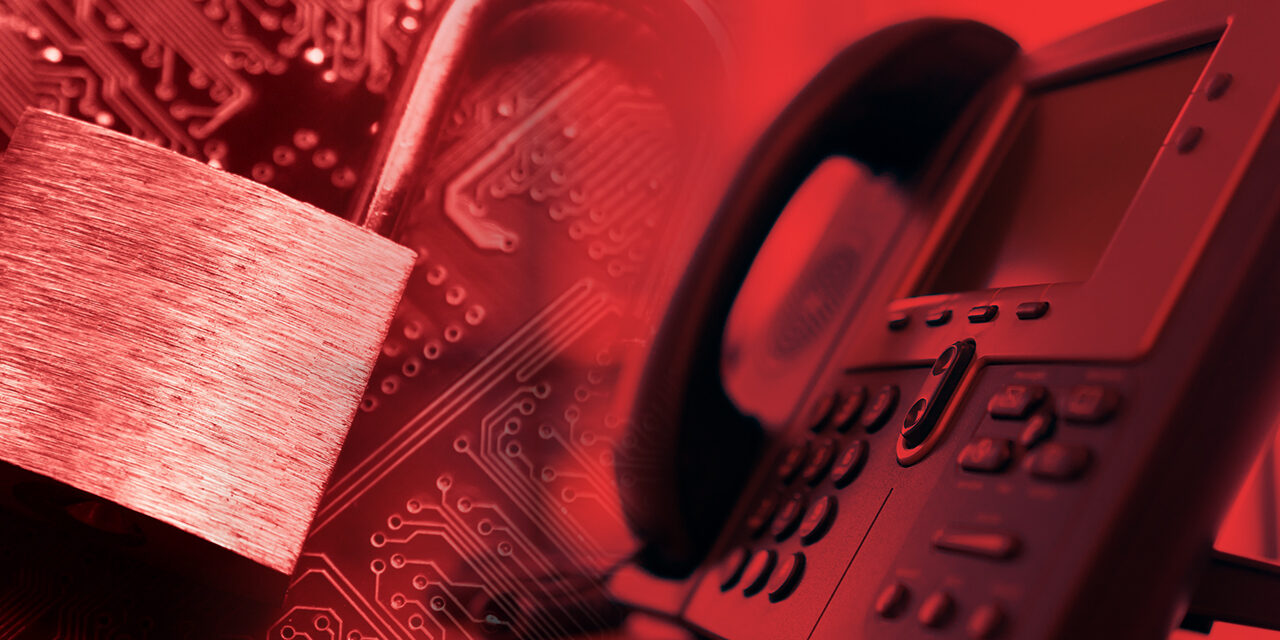Sangoma Technologies one of the largest VoIP provider has suffered a ransomware attack this past December 24. Sangoma develops business phone systems, hosted unified communications as a service, VoIP gateways, and more. The firm made a press release today and admitted the attack officially after the attackers leaked stolen data online.
For now, there is no indication that customer accounts were compromised, but the company recommends that customers change their Sangoma passwords immediately as a precaution. As part of these actions needed after the cyberattack, the President and CEO, Bill Wignall, stated, “ We are working as quickly as we can to complete our investigation. As this work progresses, we plan to provide updates of factual, accurate information as it becomes available.”
However, before the official statement, the Conti ransomware gang leaked the files stolen from Sangoma Technologies on their leak site. Only in November, this gang also targeted an industrial IoT chip manufacturer Advantech from whom they demanded 750 BTC as ransom.
According to Sangoma’s press release “Sangoma has taken immediate action to mitigate and manage the impact of this attack. The Company has retained a deeply experienced team of top third-party cybersecurity experts, is filing a report with law enforcement officials, and has also deployed additional security measures to assist in detecting and preventing any future attempts or incidents of unauthorized access to or malicious activity on its corporate network.”
How do I know if my Business Phone System is being hacked?
Securing your phone settings, router, and business phone system can help prevent VoIP fraud that siphons money, and manpower. While there is a variety of ways that you can prevent a hacker attack, we all can agree, the benefits of SIP trunking are endless; they’re inexpensive, easy to install, and easy to maintain. But with all the good, SIP trunks, like most other internet systems, can be hacked and can cost you thousands of dollars in overcharges. Fortunately, there are ways to prevent or mitigate the possibility of hackers looking to exploit vulnerabilities in your phone line.
1. Set up a maximum default rate for calls: Setting up a maximum default rate controls the number of outbound calls made. You’ll be able to spot any additional calls that are made.
2. Identify the calls you’re making: Set up procedures to identify your calls to prospects in certain countries, states, and cities. When a hacker commits SIP trunk fraud, they will make calls from any place around the world.
3. Enable IP-Based Authentication: This measure allows only those within your network to make calls and leave messages. When a hacker gets into your system, they will only be able to make and receive calls only if they know your IP address.
4. Barring calls: Blocking a suspicious number will help prevent the caller from gaining access to your information. By blocking them, you don’t allow this number to contact you or anyone in your network.
When an unknown number attempts to call you, barring that number will help protect your company’s phone line from SIP trunk fraud.
If you don’t already do so, start monitoring your phone activity. Implementing the security measures in this blog will reduce the possibility of someone hacking into your VoIP service. But if you suspect that you’ve been the victim of hacking, immediately disable the compromised devices and call your service provider’s staff to report the incident, or better yet, call us and we’ll make sure this does not happen again.






